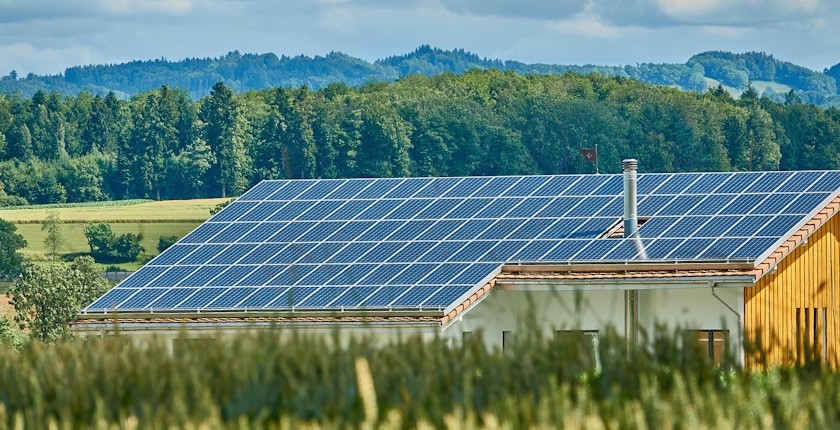Green Energy Revolution: Smart Mapping Strategies Reveal Eco-Friendly Renewable Zones

In a groundbreaking collaboration, the Secretariat and The Nature Conservancy (TNC) have unveiled a comprehensive guide designed to help stakeholders strategically identify and develop renewable energy sites while minimizing potential environmental and social conflicts. This innovative resource provides a roadmap for sustainable energy development that balances green energy goals with ecological preservation and community considerations.
The guide offers a strategic approach to renewable energy planning, empowering policymakers, energy developers, and environmental experts to make informed decisions that protect natural habitats and local communities. By highlighting priority areas that optimize both clean energy production and environmental stewardship, the document represents a critical step towards more responsible and thoughtful renewable energy infrastructure.
Experts hope this collaborative tool will serve as a blueprint for future sustainable energy projects, demonstrating how careful planning can harmonize the urgent need for renewable energy with environmental conservation and social responsibility.

